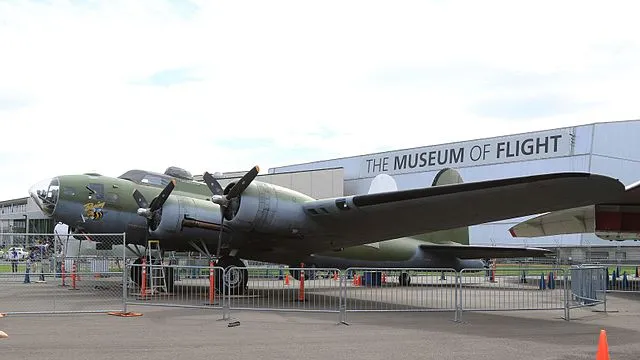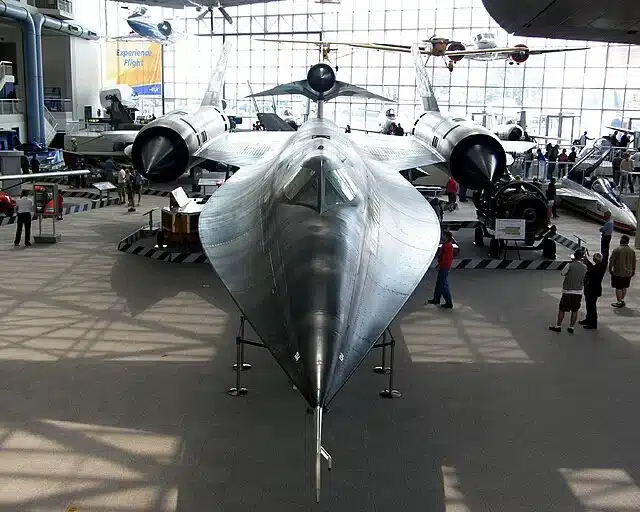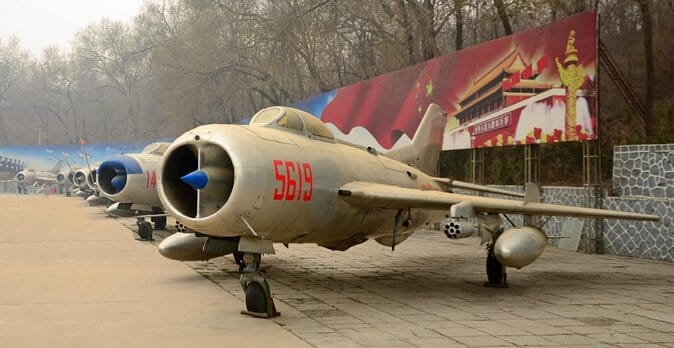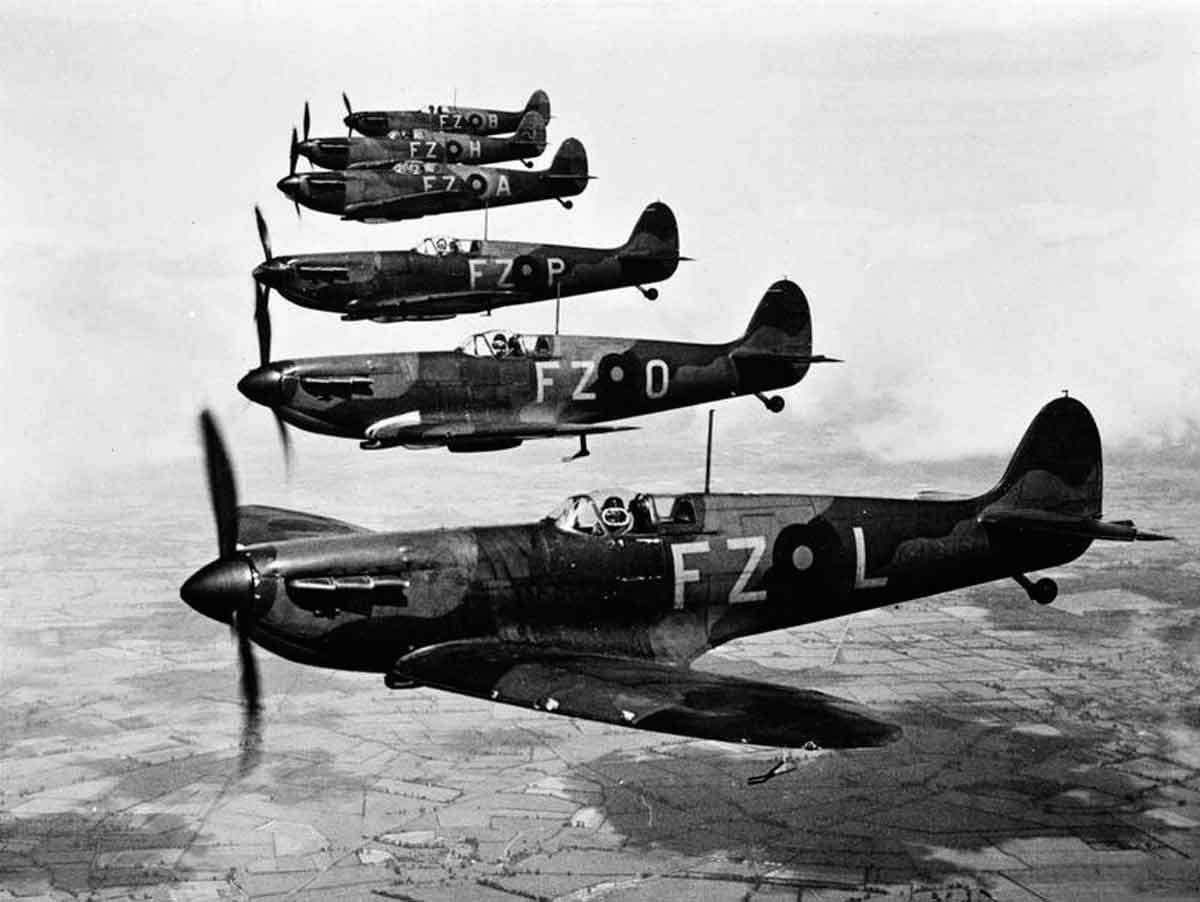Naval Aviation Museums - Discover Aviation History
National Naval Aviation Museums, especially a Military Aviation Museum, always catch our eye when we are looking up places of interest. If you are a Av-Geek, Welcome!… we’re glad you’re here.
So, we went ahead and curated our Top 10 Naval Aviation Museums you need to visit. And the reasons why.

Now these are worldwide, so they could be life-time bucket list trips. Not exactly something you could do over a wet weekend in February.
They range from the bigger, well-known exhibitions (Smithsonian!) to the ones you’ve never heard, such as “Old Wings” in Toulouse.
Here we saw the mid-restore of the Spy Aircraft responsible for taking the pictures of Russian missiles in Cuba that nearly started World War 3. Interested? Read on.
National Naval Aviation Museums
There are a lot of Air & Space Museum’s, and we recommend you go to all of them. But a few stand out.
They also need your patronage as most of them are run by charities, foundations and 100% volunteers. But when it comes to the phrase Extensive Collection – these are hard to beat.
So let’ fly

In 1964 The Museum of Flight took over the Seattle Centre in the great Pacific Northwest in Washington state. The Seattle center had recently hosted 1962 World’s Fair and the space was perfect for the home of a barn.
Wait, what? Sorry, the Boeing Red Barn. Yes folks, the birthplace of the Boeing company was a red Barn, straight out of a Chuck Jones cartoon. The barn was shipped, red board by red board and now sits in the Museum of Flight.
Yes, it’s the “de facto” Boeing history site, but it has every historical aircraft conceivable. But there is a standout. No, it’s not the Concorde, which they have. And no, it’s not the Messerschmitt 109.
It’s the Lockheed M-21 Blackbird.

There are really two exhibitions here. One in Washington DC and one in Chantilly, Virginia generously sponsored by Steve Udvar-Hazy. Steve is a legend of the Aircraft leasing business. Up there with Dr. Tony Ryan. We recommend going there for two reasons.
First is the Wright Flyer. Aviation’s OG and the true History of Flight. The first successful, powered and properly controlled heavier-than-air flying machine.
Orville and Wilbur did not invent flying, as most believed, the theories of flight at the time were already well known. But what they did was figure out how to generate the power and control the machine.
More importantly here however, is the special exhibit of African American Pioneers in Aviation and Space. Bessie Coleman, Dale White, Mae Jemison all the way to the Tuskegee Airmen. We humbly implore you to recognize the accomplishments of these incredible people who had infinitely more obstacles in their journeys than the rest. And still reached the summits of professions.
Here also sits the Enola Gay, one of Aviations most infamous aircraft.

The home of Airbus is Toulouse – So Aeroscopia has all things Airbus, including their own Concorde. There are also several earlier Airbus aircraft and prototypes where the original designs can be seen. But if you go there, please don’t miss a hidden gem nearby called “Old Wings”.
A short distance away from the Airport is a working Aircraft restoration shop. Here a curated V2 bomber sits. And not just any old V2.
The one responsible for spotting long missile-looking objects being loaded into a building Havana. It’s a pilgrimage.


The best setting of any museum of flight on earth. The China Air Museum is part-set in the Dachangshan mountains. The cave was originally part of the underground bunker system of China’s Shahe Airbase.
One of the world’s largest Aviation Museums, there is 200 Chinese, Russian and other truly extraordinary aircraft that need to be seen to be believed. Especially old “prop-liners” which are older propeller driven airlines like the Ilyushin 18. They also have a replica of the Wright Flyer.
Which shows the Chinese ability to procure and mimic aircraft designs reaches back well into history.

Home of the Paris Air Show and home to 20,000 aviation artifacts. It’s a lot of square feet. If it flew anytime in the last century, there is a good chance a little piece of it is on display here. Back when England were friends with us Europeans, they designed and built the Concorde.
Here you will find not one, but two Concordes. The fateful crash of AF4590 spelled the end of the Concorde only a few miles from the museum in Gonesse and we have yet to build an aircraft like it. Maybe Elon can help us in the future. A few are trying.
But what we would like you to check out here is the last remaining piece of the “L’Oiseau Blanc”. Yes, we know you’ve never heard of it. This was the aircraft used by Charles Nungesser and Francois Coli who attempted to make the first transatlantic crossing in 1927 but were never seen again. Charles Lindbergh would make it just two weeks later.
“On the Shoulders of giants” as Einstein said.

Monino is just a few miles outside of Moscow, so hopefully you can get there easily if you’re in the capital. Whatever you think of our Russian comrades, their contribution to modern aviation and space developments cannot be measured.
Without their Soyuz system, the international space station, and any other manned flights to space in the last 20 years would have been impossible. This is also a military museum with weeks of exhibitions to keep you busy. A Cold War aviation shrine where you can see MiG’s, Tupelov Bombers and space artifacts. But our suggestion is you check out the famed TU-144.
Which looks every bit the same as the Concorde, but it was the TU-144 that flew first.

Duxford is part of the Imperial War Museums group that includes the Churchill Rooms in London and the HMS Belfast Museum that sits close by on the Thames. IWM Duxford is just a few train stops north of Cambridge. Now the Brits are an annoying lot sometimes but what they did in one of the most dramatic periods of world history between July of 1940 to May of 1941 will never be forgotten.
Duxford was the actual home and staging area of those very aircraft and so every blade of grass or piece and metal here is steeped in history.
Now let’s be honest for a moment. There is only one “great” aircraft. In truth there has only ever been one genuinely great aircraft. It is the Supermarine “Spitfire” Mk I. To say otherwise would be untrue and sacrilegious. To see Mr. R.J. Mitchell’s majesty up close is akin to a religious experience. If there was a poll to fly in any aircraft in human history just once.
It would be the Spitfire.

130 aircraft from around the world and a chance to spend time with Canadians! So, there’s no downside here. But what we love the most is the hands-on and actual flying possible.

An Interactive Exhibit, Helicopter rides, Simulators, Theater, and vintage biplane rides. There are also family sightseeing rides and if you have never seen Canada in the flesh, from the Air. Boy are you in for a treat.

Did you guys get the Flying Doctors TV show where you grew up? Well, we did. We knew little about the Aussies apart from this, Skippy and a weird version of football that seemed more dangerous than what was being undertaken by Arthur Affleck.
But more dangerous it was not. Let us explain, Charles Lindberg crossed the Atlantic in 1927 when others were falling from the skies. Just one year later, Affleck, to get doctors to patients, flew with no radio, no navigational aids and only a compass and terrible map. He flew to where he was needed in the vast unforgiving expanse of the outback.
In 1928!
He went on to fly with Qantas and the Australian Air Force. How this man doesn’t have an Australian airport named after him, we have no idea.
We should start a petition…

“Miracle on the Hudson”. Yup, that very humble US Airways Airbus A320 has been retired to its final resting place here in the Carolinas.
A few short years ago, depending on when you read this, Captain “Sully” Sullenberger and his crew suffered the loss of both aircraft engines, instantaneously. At an extremely low altitude a few minutes out from La Guardia. Sully not only became a hero that day, but he also inadvertently showed the world two key facts that we should never forget.
One – pilots are excellent judges of what aircraft can and cannot do when things go wrong. You see, initially, Sully got some stick for not trying to get back to the runway.
But the investigative board studied it and said, without doubt, through his experience, instinct, and processing, he chose the correct option to ditch.
Secondly – that ditching can be done. And done well where everyone can walk away. Remember that the next time you feel nervous.



